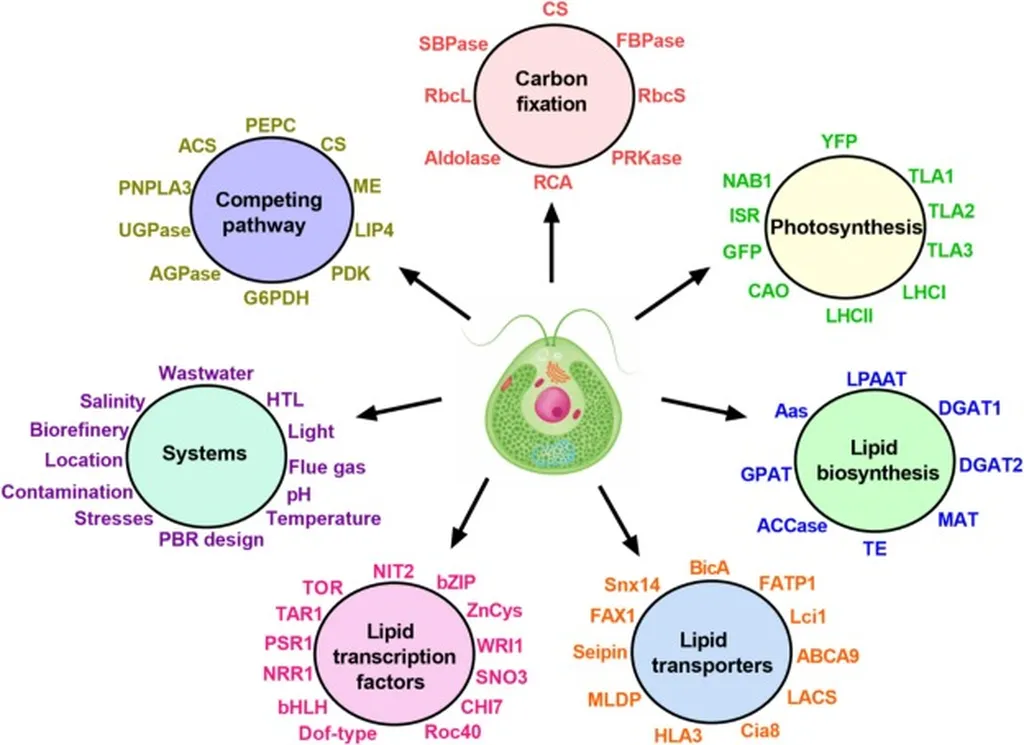In the heart of Thailand, a groundbreaking discovery is unfolding that could revolutionize the way we approach antimicrobial and antioxidant treatments, with significant implications for the energy sector. Anupong Tankrathok, a researcher from the Department of Biotechnology at Kalasin University, has led a study that introduces a novel peptide, PCR12mod6, derived from cathelicidin-HR. This peptide exhibits enhanced dual-action antimicrobial and antioxidant properties, potentially opening new avenues for industrial applications.
The research, published in the esteemed journal *ACS Omega* (which translates to “American Chemical Society Omega”), highlights the potential of PCR12mod6 to address two critical challenges in one fell swoop: combating microbial infections and mitigating oxidative stress. “The dual functionality of this peptide is truly remarkable,” says Tankrathok. “It not only targets and neutralizes harmful microbes but also scavenges reactive oxygen species, which can cause significant damage to biological systems.”
For the energy sector, the implications are profound. Microbial contamination and oxidative degradation are persistent issues in bioenergy production, particularly in processes involving biological feedstocks. PCR12mod6 could offer a robust solution, enhancing the efficiency and longevity of bioenergy systems by protecting against both microbial fouling and oxidative damage.
The peptide’s design is a testament to the power of rational drug design, a method that leverages computational tools and structural biology to create molecules with specific functionalities. “By understanding the molecular mechanisms behind antimicrobial and antioxidant activities, we were able to engineer a peptide that excels in both areas,” explains Tankrathok. This approach not only accelerates the discovery process but also ensures that the resulting molecules are highly targeted and effective.
The commercial potential of PCR12mod6 is immense. In an era where antimicrobial resistance is a growing concern, and oxidative stress poses a significant challenge to various industries, a dual-action peptide like PCR12mod6 could be a game-changer. It could find applications in biofuel production, bioreactor maintenance, and even in the development of advanced materials that require both antimicrobial and antioxidant properties.
As the world grapples with the challenges of sustainable energy production and microbial resistance, innovations like PCR12mod6 offer a beacon of hope. They exemplify how interdisciplinary research can drive technological advancements, paving the way for a more sustainable and resilient future. “This is just the beginning,” says Tankrathok. “The potential applications of PCR12mod6 are vast, and we are excited to explore them further.”
In the coming years, as the energy sector continues to evolve, the integration of advanced biomolecules like PCR12mod6 could play a pivotal role in shaping its trajectory. By harnessing the power of biotechnology, we can address some of the most pressing challenges of our time, driving progress and innovation in the energy sector and beyond.

